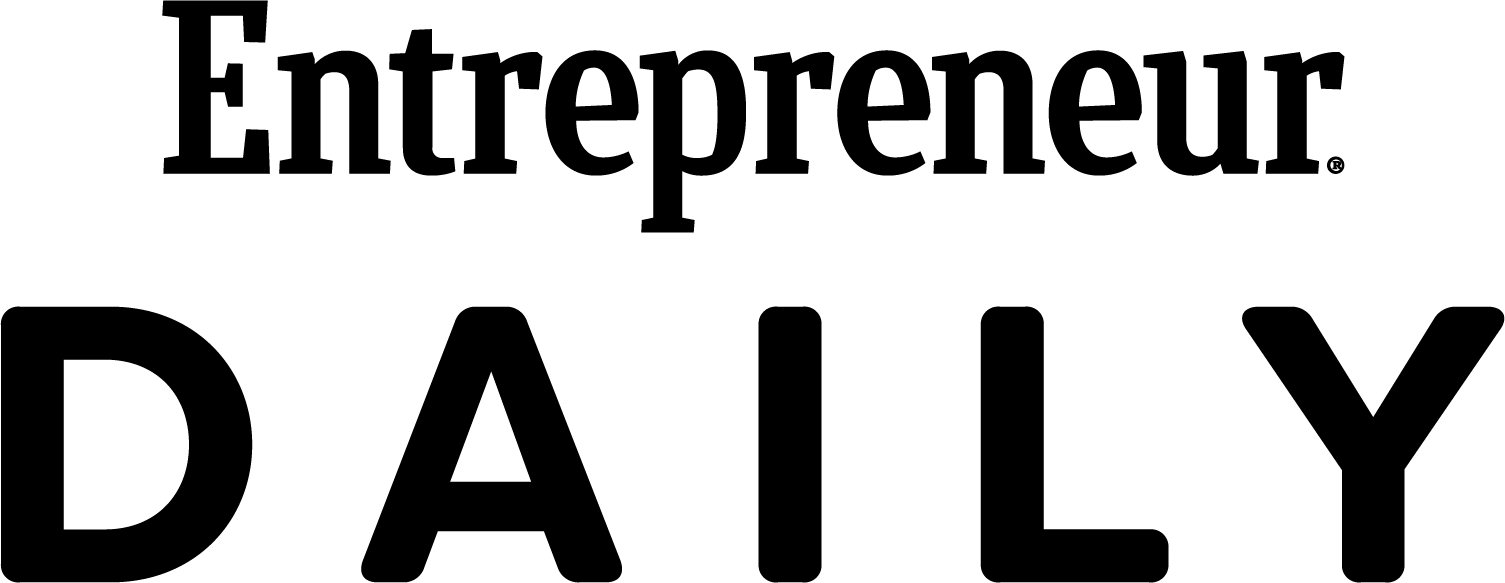7 Ways to Bridge the Boomer-Millennial Gap Managers might encourage more intergenerational cooperation by trying some of these activities.
By Todd Berger Edited by Dan Bova

Opinions expressed by Entrepreneur contributors are their own.
Among the biggest challenges for leaders is managing different personalities. While getting any two strangers to work effectively with one another in the workplace is difficult, at times some millennials and baby boomers might seem to have the most opposite set of agendas.
Yet, according to the Bureau of Labor Statistics, by 2022, 25.6 percent of the labor force will be comprised of baby boomers (up from 11.8 percent in 1992), and by 2020, 46 percent will be comprised of millennials.
With the increasing number of millennials in the workplace, coupled with a high representation by baby boomers due to later retirement, managers can't ignore this issue. If they do, they risk decreased productivity and profits.
Managers need to put the onus on themselves to help these two groups build relationships without letting egos or pre-existing stereotypes get in the way.
Here are some ways to bridge the gap between the two groups to create an effective workplace culture:
Related: How to Bridge the Workplace Generation Gap
1. Create diverse teams.
Managers might take the easy route and group together people who are similar in age when restructuring. This is a total loss of opportunity because each generation can learn skills from the other. Different experiences and backgrounds provoke different solutions or discussions.
2. Understand individual motivators.
What managers don't always realize is that individual employees have different motivators. So, when setting goals and incentives, analyze how an issue might be experienced by certain employees. A rift between can arise when a group incentive is geared more toward one generation than the other.
3. Consider practicality.
It's important to find goals that are realistic for an entire group to meet. When you make goals that favor or are more practical for one age group, it might cause friction.
Members of each generation might not have a problem with working long hours, but it's how they complete that work that can cause frustrations. A millennial may finish a project on the train ride home on a cellphone, whereas a boomer may spend extra time in his or her seat at the office, getting back home to family members late.
Related: How Important Your Workplace Friendships Are Depends on Your Age
4. Stage gatherings.
Groups that are closer in age (such as boomers and Gen X-ers, or Gen Y-ers and Gen X-ers) might arrange get-togethers. But someone who is 22 is less likely to ask a 60-year-old to grab a coffee or drinks.
In order for team gatherings to happen more frequently, managers should be proactive in setting them up. Host weekly workshops and even schedule monthly team activities. Managers should take time to get to know staffers personally and then find something that each employee appreciates and enjoys.
Host lunch-and-learn sessions on a topic that no one (of any particular age group) is familiar with. Being vulnerable and learning something new together can create common bonds. Find an area where the entire team is weak and offer a training (an Excel class, a coding course or corporate presentation tips) to help employees build skills without egos getting in the way.
Inviting significant others, spouses, or children to company events can foster relationship building. The more that co-workers become immersed in one another's personal lives, the more they'll be able to connect and empathize with others.
5. Change workstations.
If an extra push is needed, move employees' desks around. This change can spark new conversations, create new friendships and prompt employees to communicate with those they wouldn't otherwise.
Or reserve a shared workspace at a local venue to get different employees out together.
6. Encourage communication and feedback.
To avoid employees' bottling up of frustrations and then a huge blowout, encourage constant feedback about how things can be done better. If all these programs and tools were created to merge the gap, but no one is asking if they're working, then it's a waste of everyone's efforts.
7. Practice reverse mentoring.
While hard skills can be traded off like millennials' expertise in social media or boomers' specific knowledge of an industry, work involves soft skills, too. The reality is that some recent graduates lack effective, professional communication skills, whether it's speaking with clients or giving a presentation.
Through a formal mentorship program, millennials can learn these types of soft skills from senior professionals who have been through certain situations. On the flip side, baby boomers could perhaps learn from the example set by some millennials who crave the soft skills of collaboration and have an openness to change.
Related: How to Manage Generational Dynamics












